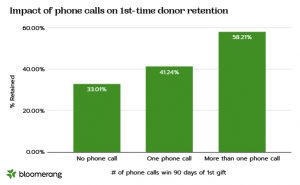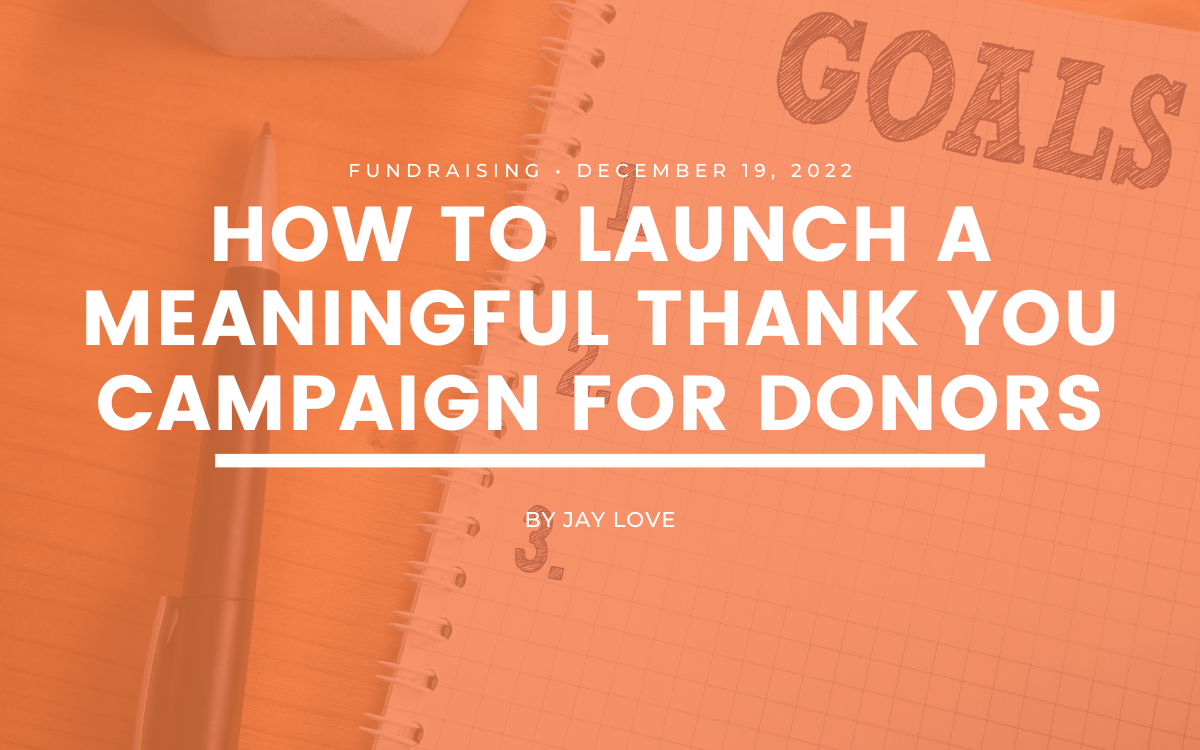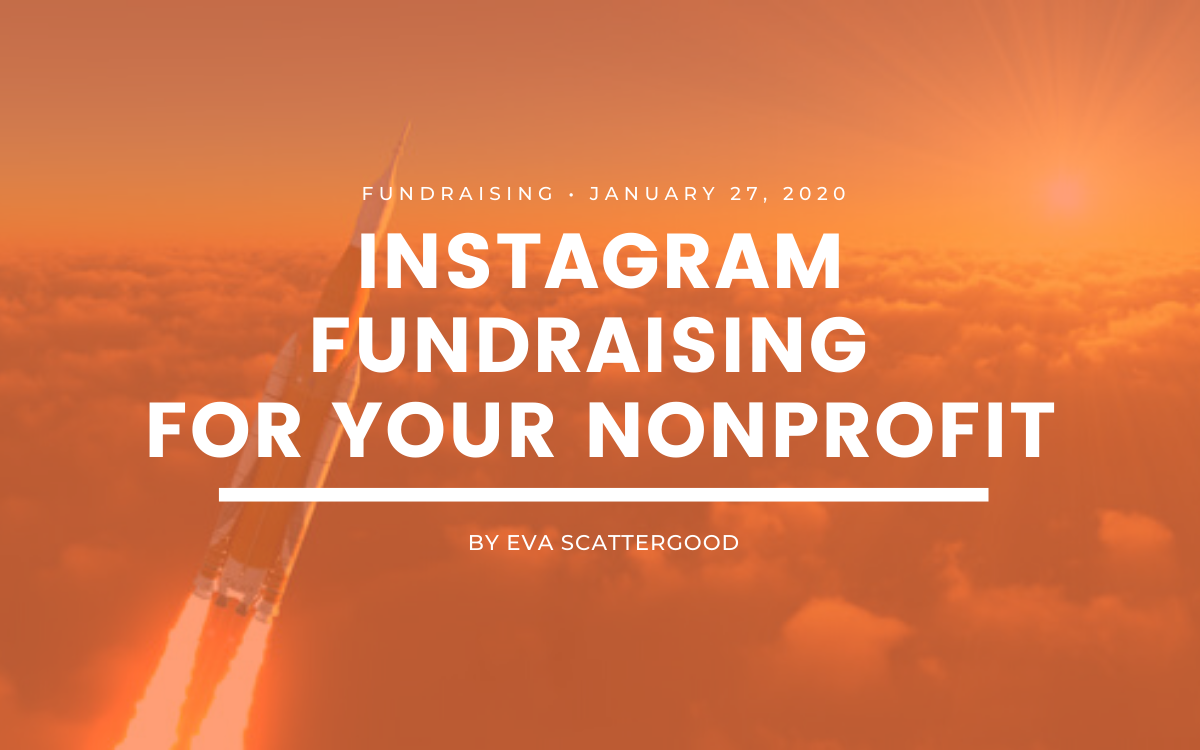How to Launch a Meaningful Thank You Campaign for Donors
4 min to read ✭

Never underestimate the power of a simple yet authentic “thank you.” A comprehensive, impactful thank-you campaign can turn one-time donors into recurring supporters of your mission.
To develop a powerful thank-you campaign, you must engage with donors to acknowledge their support and open the door to future interactions.
In this blog, we’ll explore the importance of thanking donors and a few tips for creating meaningful campaigns. Whether you’re creating a thank-you strategy for your annual fundraising efforts or a specific fundraising campaign, this guide will help ensure your efforts are memorable and impactful.
Why are thank you campaigns for donors important?
Thank you messages are the first step of the donor stewardship process. Thanking a donor as quickly as possible shows that your organization values and appreciates their involvement.
When donors feel recognized as individuals and valued for their contributions, they’ll view your nonprofit as one that deserves ongoing support. This can encourage donors to give again, boosting your retention rate.
6 strategies to build a meaningful donor thank you campaign
So, what exactly goes into an effective thank-you campaign? Here are six best practices to keep in mind when building your campaign:
1. Personalize your thank you messages.
Any thank you letters or emails you send donors should be personalized.
Address the letters with donors’ names and reference their specific donation amounts and dates. So, rather than saying “Dear Donor, thank you for your recent gift,” you should say “Dear Roberto, thank you for your recent gift of $100 on October 24, 2022.”
You can use your nonprofit’s CRM or donor management system to automatically populate thank you emails with donors’ names and gift amounts. Automating this aspect of the donor journey helps save time while still providing a personal touch to your outreach.
Lastly, sign your thank you messages with your name or the name of a leader at your organization along with a contact phone number or email address. This allows donors to follow up if they have any questions or want more information.
2. Show the impact of donations.
Donors want to know how their gifts helped a specific initiative, project, or program at your organization. After generously donating their hard-earned money, they deserve to know how your organization used their funds so they can make an informed decision about whether they’d like to give again in the future.
Show donors the impact of their gifts by sharing photos and video updates of the projects or programs they helped fund. You can also share statistics about the positive impact of donations on your initiatives. For example, you can say, “The donations we received this year helped our shelter find new homes for 1,050 animals” or “Your contribution helped provide warm meals for a family of five for a week.”
When donors see that their gifts made a tangible impact on your cause, they’ll be more inclined to continue trusting you with their funding.
3. Call donors to say thank you.
According to a Bloomerang study, calling donors after they give can have a notable positive impact on your retention efforts. The study found that donors who received at least one phone call within 90 days after their donation were retained 41% of the time, compared to 33% for donors who didn’t receive a phone call. The retention rate rose to 58% if donors received more than one phone call within 90 days.

Phone calls can help you cut through the digital noise by reaching out to donors directly. You can express your gratitude for their gift, invite them to engage in upcoming events or volunteer opportunities, and let them know the impact of their support.
4. Write handwritten thank you notes.
A handwritten thank you card can provide a personal touch to your appreciation efforts because donors will see that you took the time to write a thoughtful message.
Writing a handwritten thank you note for every donation your organization receives is probably not feasible. However, you can narrow down your list of recipients to these specific groups:
- First-time donors. Providing a special handwritten thank you message for first-time donors can make a positive first impression and increase the likelihood that they’ll give again.
- Long-time donors. Show long-time donors that you appreciate their continued support by sending a thoughtful thank you card every once in a while. This can reinforce their decision to continue supporting your organization.
- Repeat donors who gave after a long break. Sending a handwritten letter to donors who gave after a long break reminds them that your organization values their involvement and wants to continue building a relationship with them.
Consider including a printed photo with the thank you card. The photo can show progress updates for projects you’ve launched with donors’ help or groups of volunteers working to further your mission. This helps donors see the real impact of their gifts.
5. Share exclusive opportunities.
One of the best ways to build long-lasting donor relationships is to invite donors to participate in other opportunities at your nonprofit.
Use your marketing channels to promote exclusive donor opportunities such as:
- Invitations to donors-only appreciation events
- Free or discounted merchandise
- Access to an exclusive email newsletter
You can also invite donors to participate in opportunities at your organization that are open to everyone, like your volunteer opportunities or peer-to-peer fundraising events. The more touchpoints you have with donors, the more likely they are to find the aspects of your mission that resonate with them. This can lead to greater donor loyalty.
6. Ask for feedback.
Empower donors to make their voices heard by asking for feedback. Sending a donor feedback survey shows supporters that you care about creating a better giving experience and forming stronger relationships with those who support your cause.
Consider including the following questions in your donor satisfaction survey:
- How did you hear about our organization or campaign?
- How convenient was the donation process?
- What would you change about the donation process?
- Do you feel as though you have a good idea of how your donation will be used?
- How likely are you to donate to our organization again?
- What is your preferred communication method?
After you gather responses, send a follow-up email recapping the survey results and letting donors know about the changes you’ll make based on their input.
A meaningful thank you campaign provides the foundation for stronger donor stewardship efforts. With these tips, you can build a powerful gratitude process that motivates donors to continue supporting your cause.





